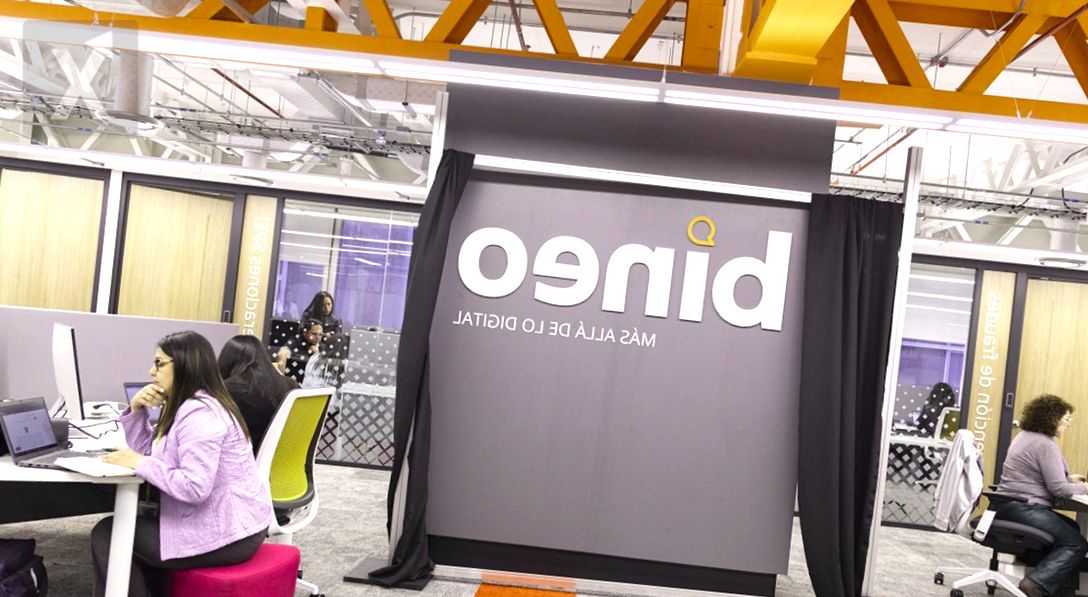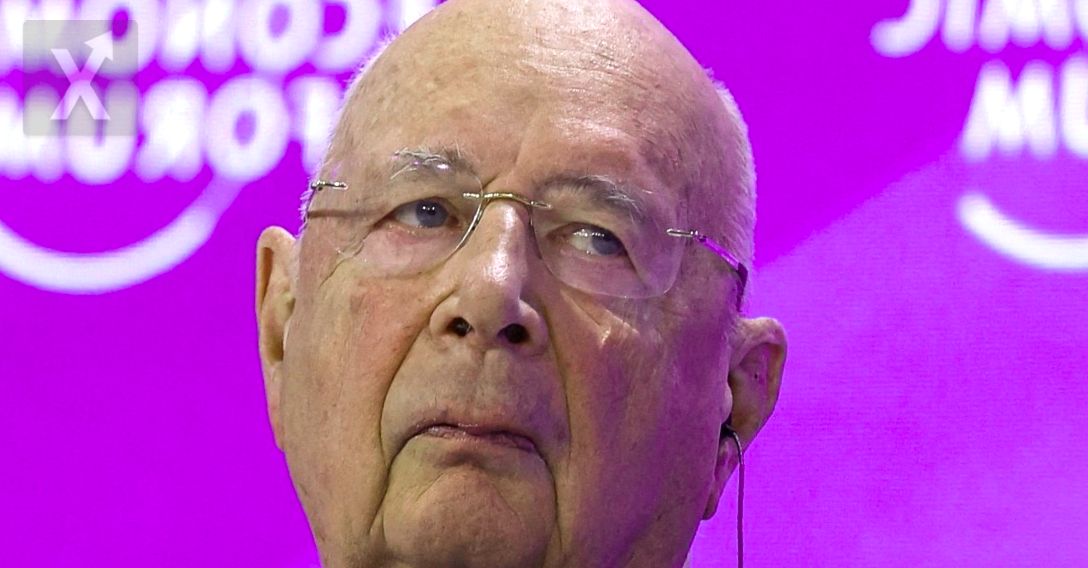The Digital Duel: Rappicard Outpaces Bineo in Banorte's Strategy

Banorte ventured into the digital era driven by the pandemic, launching two initiatives that, nearly five years later, have revealed who is in the lead. It was in 2020 when the bank officially partnered with Rappi, the popular delivery platform, to roll out digital services. In 2021, they launched a credit line of 250 million pesos aimed at helping affiliated businesses and restaurants access loans. Shortly thereafter, the Rappicard emerged, quickly placing over 240,000 cards on the market within its first few months.
At the same time, with a surge of fintech companies turning into unicorns, and the failed negotiations surrounding one of Mexico's most iconic banks - Banamex - the company led by Carlos Hank decided to launch its own digital bank, a plan that was unveiled in 2023. “Both lines of business progressed in parallel, with an investment of about 150 million dollars,” Carlos Valderrama, founder and director of Legal Paradox, mentioned in an interview. According to Valderrama, one of the projects had technical staff but lacked experience in digital banking, while the other had more technology experts but less in finance. This led to a rapid decline in decision-making at Bineo, where traditional financial staff began to impose their criteria. Although Bineo was initially expected to launch in 2023, delays in regulatory approvals have pushed its debut to February 2024. In its presentation, it promised a limited debit and credit account. The situation surrounding Bineo is complicated, as it reported losses of 289 million pesos in the first quarter, and despite Marco Ramírez's assurance that they didn’t expect immediate profits, the decision to put the business up for sale has become a priority. Meanwhile, Banorte announced a 50 million dollar investment to acquire the entire Rappi brand. The bank aims to maximize its returns by leveraging the combination of business and technology through cross-selling and intense personalization. “The RappiCard has progressed in its product catalog like a startup, while Bineo continues to accumulate losses, necessitating restructuring and a possible sale,” Valderrama commented. At a conference where first-quarter results were presented, Marco Ramírez acknowledged that they might have to sell Bineo for a price lower than their investment. When asked about potential buyers, he suggested that entities like Sofipos or fintechs interested in a banking license could be considered, although Valderrama believes that what these companies really want is the license, leaving the bank to deal with the losses and its customer portfolio. To implement a successful digital strategy, a bank needs to ensure alignment between the technology and business teams, pursuing a common goal.
In conclusion, the dynamic between innovation and financial robustness is essential in the world of digital banking. Banks must integrate technological talent with financial expertise to form an effective strategic team, enabling them to not only adapt to market changes but also capitalize on them. Banorte’s experience is a clear example of how a lack of alignment between these two elements can lead to uneven outcomes.





